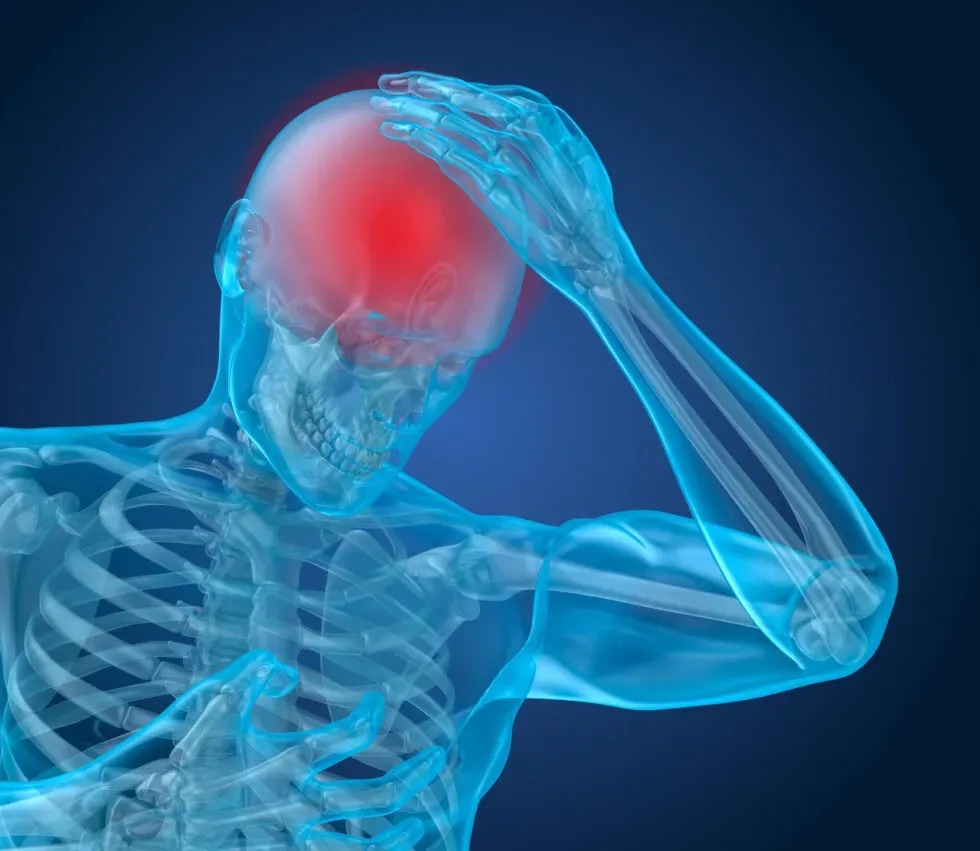Brain Injuries
Brain Injuries
Even with nature’s incredible protection your skull, membranes, and natural padding the brain remains vulnerable. Unfortunately, everyday incidents like bumps, blows, jolts, accidents, and falls can lead to traumatic brain injuries (TBIs).
These injuries are profoundly unpredictable. A TBI can manifest in countless ways, ranging from a minor bruise to severe emotional disturbances, chronic depression, significant cognitive impairment, memory loss, dramatic personality changes, and a host of other debilitating symptoms. The impact on your life can be life-altering.
If you or a loved one has suffered a brain injury, taking immediate action is crucial.
Many individuals hesitate to pursue legal action, fearing lengthy and stressful lawsuits. However, with the right brain injury attorney by your side, you can find significant relief. A skilled personal injury lawyer will handle the complexities, allowing you to focus on healing, while relentlessly pursuing the fullest justice and compensation you deserve.
A dedicated brain injury attorney from Michael Hua Injury Law can be your essential first step toward getting your life back on track.

Types of Brain Injuries that Occur from Accidents and Falls
Specific Types of Brain Injuries
There are many specific types of brain injuries that could be caused by an accident or fall. All types of brain injuries, even if they are classified as “mild,” can be catastrophic. The truth is that there is no such thing as a “mild” brain injury.
Some of the most common types of brain injuries include the following:
Stats and Facts of Brain Injuries
Around 2.8 million Americans suffer from a traumatic brain injury every year.
Approximately 155 people die each day in the United States from injuries that include a traumatic brain injury.
Approximately 17,500 fall-related traumatic brain injury deaths occur per year.
Traumatic brain injuries disable six times more people than those with spinal cord injuries, multiple sclerosis, HIV/AIDS, and breast cancer combined.
Falls are more likely to cause a traumatic brain injury than being struck by an object.
The number of traumatic brain injury hospitalizations is 20 times greater than spinal cord injury hospitalizations.
General Anatomy of the Brain
The brain consists of three main parts: (1) the cerebrum, (2) the brainstem, and (3) the cerebellum.
Cerebrum: located in the front of the brain. The cerebrum is composed of the right and left hemispheres of the brain. The cerebrum is the largest part of the brain. This is responsible for movement, coordination, temperature, touch, sight, reasoning, logic, emotions, and learning.
Brainstem: The brain stem is made of the midbrain, pons, and medulla. The brainstem is responsible for eye and mouth movement, sensory messages (heat, pain, loudness), breathe, heart movement, consciousness, involuntary muscle movement, sneezes, coughs, vomits, and eating.
Cerebellum: The cerebellum is in the back of the head and tucked beneath the cerebrum. This functions to coordinate voluntary muscle movement and maintain posture, balance, coordination, and equilibrium.
Subparts of the brain include:


